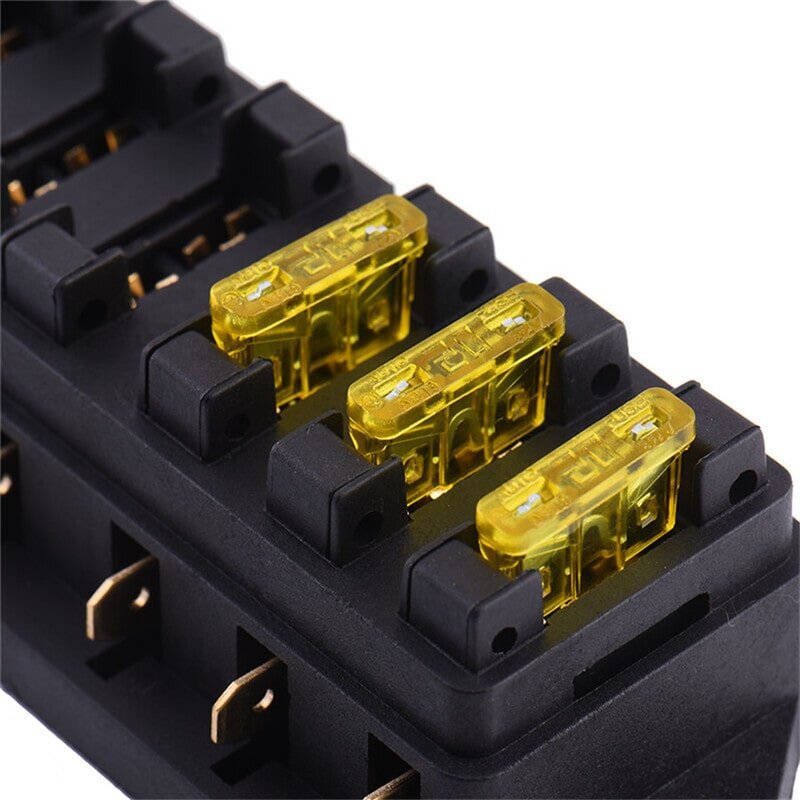What Are the Fuse Box and Fuse Holder on a Forklift? Function and Operation
What Are the Fuse Box and Fuse Holder on a Forklift? Function and Operation
In the electrical system of an electric or diesel forklift, the fuse box and fuse holder play a critical role in circuit protection and operational safety. Understanding these two components will help you maintain, repair, and troubleshoot more easily.
🔌 What Is a Fuse Box?
The fuse box on a forklift houses the fuses. It distributes power to sub-circuits and protects electrical components in case of a fault.
Main functions:
-
Cuts off the power in case of overload or short circuit, protecting components such as:
-
Lifting motor
-
Controller
-
Lighting system
-
Warning horn
-
-
Extends equipment lifespan by limiting damage from abnormal currents
-
Designed to be water and dust resistant, suitable for harsh industrial environments
⚙️ What Is a Fuse Holder?
The fuse holder is the part that holds and secures the fuse in the correct position within the electrical circuit. It connects two electrical poles through the fuse.
Key advantages:
-
Easy and quick to remove and replace burnt fuses
-
Can be panel-mounted or inline types
-
Safe and convenient, minimizes impact on other components during maintenance
🚜 Application on Forklifts
On modern forklifts (electric, diesel, lithium forklifts…), the fuse box and holder are used to:
-
Protect the main control circuit
-
Prevent electrical shorts in drive or hydraulic motors
-
Protect chargers and warning light systems
-
Assist in quick fault diagnostics, making it easier for technicians to inspect and repair
✅ Conclusion
Regular inspection of the fuse box and holder is essential to ensure safe and stable forklift operation, and to reduce maintenance costs. If your forklift has electrical issues, don’t forget to check the fuses!



